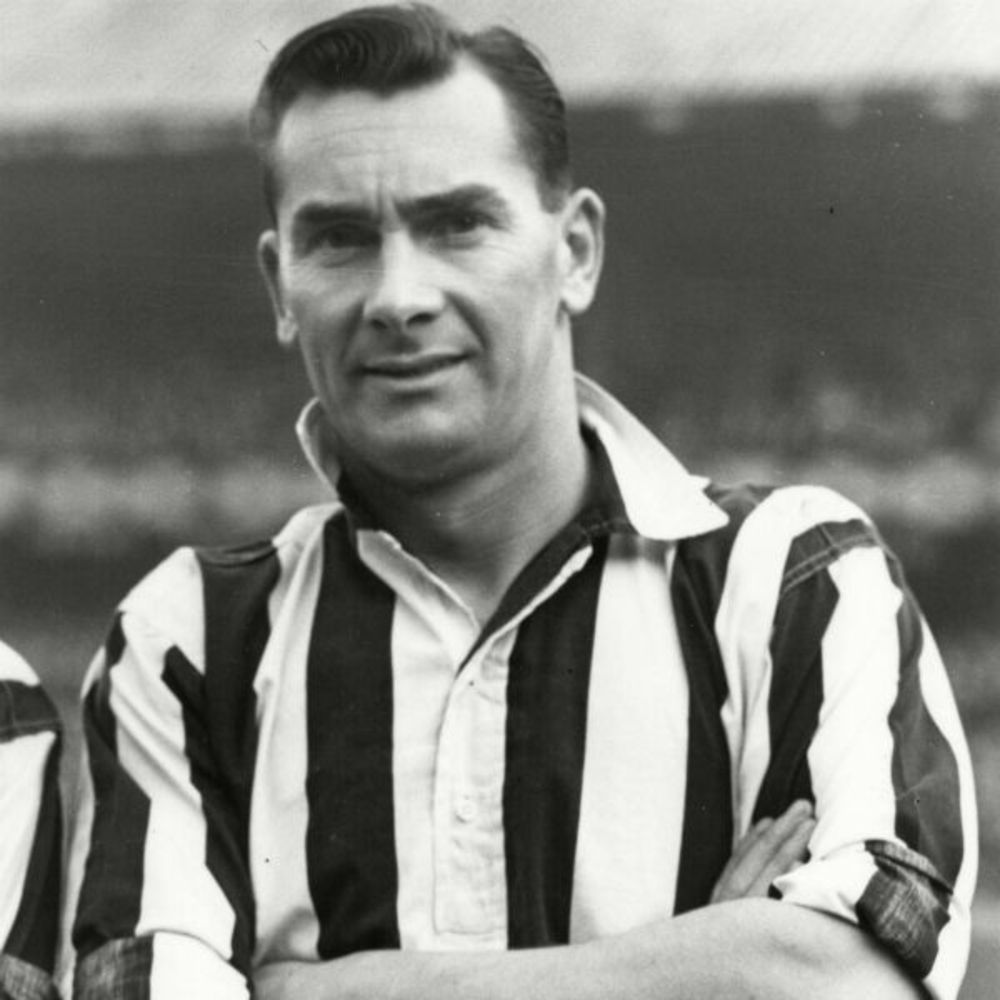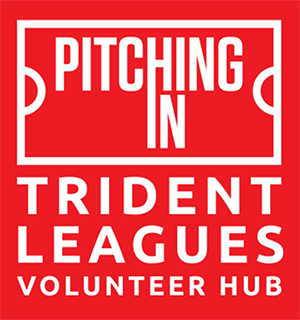
In the 1950s, 60s and 70s, on leaving League football, many former stars continued to ply their trade in non-League football.
Back then there were no bulging bank accounts from massive wages, no lucrative contracts as pundits on Sky Sports, BT Sport or the BBC.
So, they played on, giving the opportunity to a new audience to witness famous, albeit superannuated, performers.
I remember vividly as youngster excitedly getting onto the bus and travelling to watch former Wales, Leeds United and Juventus giant John Charles turning out for Hereford United against my local side, Kettering Town, in the Southern League at Rockingham Road. I think it was 1968.
On Friday I had read in the local evening paper that he was playing and I couldn`t wait to see this almost mythical figure in the flesh.
Sometimes, famous players would be announced as playing in the press and then when one got to the ground for the game, the stadium announcer read out the team without him – it was all a ploy to boost the attendance.
However, on that particular day, I wasn`t disappointed and I watched, almost transfixed, as this huge figure I had only seen photos of in Charles Buchan`s `Football Monthly` magazine trod the Rockingham Road grass.
I suppose if one was to equate seeing the equivalent of John Charles playing in the Southern League today, it would be like David Beckham or Wayne Rooney trotting out!
These days though, top players have no need to play on because they are millionaires and if they don`t go into coaching or management, they go into business.
And remember, these days there are far more coaching jobs available than there were in the 60s, 70s and 80s due to the emergence of academies etc.
It is a shame though as a couple of generations have missed the opportunity to `get up close and personal` to great players of the past on non-League grounds.
Search around the internet now and you`ll find very few former international stars still enjoying their football at non-League level.
But back then, it was fairly commonplace.
One of the most famous names in north east football, even today, is Jackie Milburn (pictured).
He was perhaps the first of the famous Newcastle United number 9`s, succeeded by the likes of Malcolm MacDonald, Andy Cole and Alan Shearer.
He scored 177 goals in 353 games for the Magpies and was robbed of many more by World War II.
`Wor Jackie` as he was known, also won 13 caps (10 goals) in an era when England possessed a plethora of great centre forwards and also won three FA Cup winners` medals.
After finally leaving St James`s Park in 1957, he spent three hugely successful seasons with Irish side Linfield when he not only scored 68 goals in 54 games but helped put `thousands` onto the gate.
In 1960, Milburn joined Southern League First Division club Yiewsley (later Hillingdon Borough) as player-manager and, like his arrival at Linfield, boosted attendances at The Leas Stadium massively.
He was successful too, especially in 1961/62 when he scored 30 times out of a league total of 64!
He left Yiewsley in May 1963 to take over from Alf Ramsey as manager of Ipswich Town.
Ramsey, of course, had been appointed as the new manager of England.
Hillingdon/Yiewsley have had several other former internationals wear their colours, including ex-Fulham and England defenders Jim Langley and Jim Taylor.
The former, capped three times, made over 360 appearances for the Cottagers having actually started his career with Yiewsley and went on to become player-manager between 1966 and 1971.
Taylor, who won two caps in 1950/51, made over 200 appearances for Fulham before playing for his hometown club.
Another defender, Seamus Dunne, was signed for Yiewsley by Milburn in 1961 after making over 300 appearances for Luton Town.
He won 15 caps for the Republic of Ireland and later went on to manage in the Southern League with Dunstable Town, where he was in charge between 1964 and 1970.
One of Jackie Milburn`s rivals for the coveted England number 9 shirt was Stan Mortensen.
Like `Wore Jackie`, Mortensen was also from the north east but made his name with Blackpool.
He originally signed for the Seasiders in 1941, shortly after he was the only survivor when his RAF bomber crashed in World War II.
He went on to play over 320 games for Blackpool, scoring 197 goals, including a hat-trick in the 1953 FA Cup Final at Wembley – a game famously known as the `Matthews Final`.
On his England debut against Portugal in 1947, Mortensen announced himself on the scene by scoring four goals in a 10–0 win!
He was also a member of the England team that lost 6–3 to Hungary.
After leaving Bloomfield Road, Mortensen had spells with Hull and Southport.
Ahead of the 1958/59 season, Southern League Premier Division club Bath City decided to adopt a policy which was to see them shoot up the table, progress to the Third Round of the FA Cup and ensure the club`s stability for many years to come.
The previous season, Bath had encouraged promising youngsters to join the club, but the hoped-for results didn`t come.
So, it was decided to offer Football League transfer-listed players of quality a wage which compared with anything a top side could offer.
One of the first to benefit from the change of direction was Stan Mortensen, who made 45 appearances that season and scored 27 goals.
Yet another candidate for the England centre forward role around the same time as Milburn and Mortensen was Manchester United`s Jack Rowley.
He scored 182 goals in 380 games for United and scored six times for England in six internationals, four of which came against Northern Ireland in November 1949.
Along with his Old Trafford and England team-mate, inside forward Stan Pearson, who played 312 times for United, scoring 127 goals and won eight caps for his country, scoring five goals, Rowley played in the Southern League for Folkestone Town during World War II.
Both were stationed in the Kent area and it is said that they were paid 2s. 6d a game for Folkestone but had to pay a colleague 7s. 6d to carry out guard duty at the camp!!
Another England player of the late 40s and early 50s, Jack Froggatt, enjoyed a lengthy spell with Kettering Town in the Southern League.
Froggatt made over 400 appearances for Portsmouth and Leicester City and was one of the original `utility` players as he was used as a centre half, centre forward or outside left – the position where he made his England debut in 1949 against Northern Ireland alongside Stan Mortensen, Jack Rowley and Stan Pearson.
The Poppies had to pay Leicester £6,000 for his services – then a non-League record – when they signed him as player-coach in the summer of 1957.
He immediately boosted attendances which had dropped a bit after the departure of Tommy Lawton
Froggatt was appointed player-manager from January 1958, replacing Harry Mather until September 1961.
Under his tenure he saw promotion, relegation and a championship season.
He was succeeded by Wally Akers, but he still continued to play for the Poppies for two more seasons until May 1963, when he was awarded a benefit match against one of his former clubs, Portsmouth.
A little later in time, centre forward Bobby Smith was a major part of the Tottenham Hotspur `double` winning side in 1960/61 under Bill Nicholson.
Originally with Chelsea, Smith went on to score 176 goals in 271 games for Spurs until leaving for Brighton in 1964.
He won 15 caps for England, scoring 13 goals, including two in the 9-3 thrashing of Scotland at Wembley in 1961.
A then sadly rather rotund Smith signed for Hastings United in the summer of 1965.
They had just suffered relegation from the Premier Division but with Smith leading the line, they just missed out on an immediate return the following season, finishing fifth, three points behind Bath City, but did make it back up as runners-up to Dover in 1966/67.
Known for some off-field disciplinary issues whilst at White Hart Lane, Smith also fell foul of the administration at Hastings, with two suspensions for missing training and two appeals.
He had a trial with Leyton Orient in 1967, and another with Southern Leaguers Banbury United in the summer of 1968, but his playing career came to an end.

Most clubs are looking for volunteers. Find out more on the button below:
www.PitchingInVolunteers.co.ukAll the news and results in one place.
REGISTER